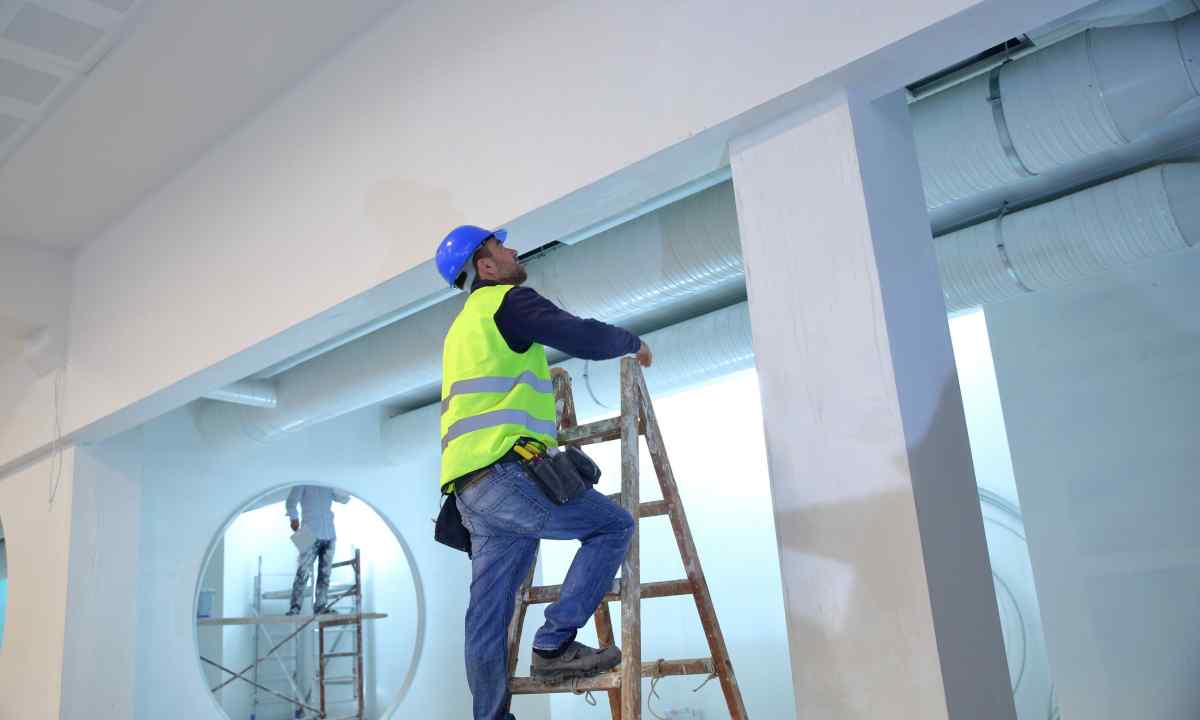In the construction market such variety of finishing materials reigns what just right to become puzzled. But any designer will confirm that the simplest and at the same time the convenient method of finishing of walls is use of relief types of plaster. And structural, undoubtedly, treats their number.
By means of structural covering the dressing not only internal rooms, but also facades is made. At the same time the relief of finishing will depend on mixing ratio and also tools for its drawing.
Structure and features of structural plaster
The basis for plaster is made mineral or the polymeric knitting and various fillers. As knitting more often silicate, synthetic latex, cement and limy mix act. Various pebbles, granules, sand, wood fibers can be fillers. The structure of plaster will depend on factiousness of fillers. Than more particle size, especially is expressed structure of covering. And, on the contrary, the more small particles, the more exactly surface of finishing. The result of qualitative surface finishing also in many respects depends on type of binding materials.
Structural plasters are produced in white color. If desired it is possible to pick up pigment of right color for them and to achieve desirable shade. It can be done independently or to order necessary shade in shop.
Obvious pluses of structural plaster
This finishing material has the following advantages in comparison with other coverings:
- excellent plasticity numbers;
- it is without effort applied on various surfaces;
- has resistance to such damages as blows, chips, scratches;
- hides shortcomings of initial surface: various cracks and differences;
- at the expense of honeycomb it is capable "to breathe";
- it is undemanding in leaving, easily gives in to damp cleaning, new coloring;
- it is resistant to temperature fluctuations;
- it is capable to embody creative imaginations of the designer;
- it is durable and eco-friendly.
Councils for putting structural plaster
Plastering of surfaces is carried out in several steps:
1. At the initial stage the preparatory work including release of walls from pollution, seal of considerable roughnesses is performed. Small hollows and cracks can be disregarded as structural plasters cope with such defects without effort.
2. The next stage – priming of initial surface. It is recommended to apply primers of deep penetration to the best coupling of plaster with basis.
3. Direct putting the mix on the prepared surface will be completion phase. For the embodiment in life of the most unusual design imaginations it is necessary to stock up with the impressive roller, the palette or the spray. After surface covering mix plaster dries out within 10 hours. Final hardening happens only 1-2 days later.
Important before direct coating application to close all adjacent surfaces polyethylene as structural plaster has property badly to act.
Process of surface finishing structural plaster does not represent special difficulties and quite fans of experiments can do. For this purpose it is enough to study technology of putting mix, to stock up with the necessary working tool and to get to work. At due consideration and patience this process can be very fascinating occupation.
